You have no items in your shopping cart.
Wine Volnay
-
Top Selling-30%
-
Top Selling-14%
-
Top Selling-20%
- -20%
- -21%
- -17%
- -13%
Volnay is the most "feminine" appellation in Burgundy
The first planting of vines in Volnay is said to have taken place in the 2nd century BC. The vines were uprooted in 92 AD, following an order issued by the Emperor Domitian. In 281 AD, Probus cancelled this order and the vineyard of Volnay could be replanted. The first traces of vines can thus be found in the 4th century. In the Middle Ages, the Counts of Burgundy owned a vineyard there, which was preserved by the Dukes of Burgundy who settled in Dijon.
In 1349, the discovery of the "Gamay", more productive than the "Pinot" will encourage the winegrowers to plant it in large quantities. Thus, in 1395, Philippe le Hardi banned the planting of "Gamay" in favour of "Pinot" and the preservation of the quality of Burgundy wines. In the 15th century, the "wines of Beaune" were marketed in Europe and demonstrated the quality of the wines of the Duchy of Burgundy. This vineyard was attached to the Kingdom of France in 1477 following the death of Charles the Bold.
In 1878, it was in Meursault (a neighbouring commune) that the first outbreak of phylloxera in Burgundy appeared. The reconstruction of the vineyard began, the grouping of means and technical knowledge was done via the Syndicate for the defence of viticultural and agricultural interests. In 1937, Volnay was recognised by the INAO as an AOC and the list of climats classified as Premier Cru was published in 1943. In 1984, the area of the Volnay 1er cru appellation was extended to the commune of Meursault.
In 2015, the climates of Burgundy are listed as a World Heritage Site by UNESCO.
The particularities of the subsoils of the Volnay terroir
The Volnay appellation is located south of Beaune between Pommard, Meursault and Monthélie to the west. The AOC Volnay premier cru is produced on two communes Meursault and Volnay. 29 climats are part of it including the famous 1er cru "Les Santenots" which is delimited on the commune of Meursault.
Despite a lesser reputation than that of Pommard, the red wines made from Pinot Noir are of an elegance and delicacy that never ceases to delight connoisseurs of this appellation. The vines are planted on the front of the hillside, leaning against the mountain of Chaignot which gives them a south-east exposure. Situated at an altitude of 230 m to 280 m, the hillside has diversified soils and subsoils.
In fact, at the top of the hillside, the Upper Jurassic limestone outcrops. The soils are not very thick. Slightly down the slope (Volnay terroir), the soils are marl-limestone covered with clay and silt. At mid-slope we find a chalky soil dating from the Jurassic, deeper and richer covered with scree, clay and silt due to the erosion of the upper reliefs. It is at this altitude that we find the climates in premier cru.
At the bottom of the slope, the limestone is in the form of platelets. It is covered by scree, clay and silt with a higher proportion of clay. The soils are thick and rich in fine particles. The foothills have a thick gravelly soil. The limestone subsoil supports shale banks.
The climate is cool oceanic with continental and southern influences. These influences are felt through higher temperatures. The vineyards of Volnay are sheltered by the relief of the Morvan and the plateau of the high hills, which reduces the influence of the north wind and the rainfall.
What are the characteristics of a Volnay?
Volnay wines have a bright ruby colour. The aromas are fruity such as redcurrant and cherry complexed by floral notes of violet. With ageing, the tertiary aromas will develop into spicy and animalic flavours. The mouthfeel is elegant, balanced between power and finesse.
The Volnay 1er cru have a more complex bouquet and the tannins are velvety.
What pairing(s) with the elegance and intensity of Volnay?
The power and smoothness of Volnay pairs well with white meats such as roast poultry. It can be presented with more marked and spicy dishes such as couscous or tagine. The Volnay 1er cru is more structured and therefore lends itself to a match with game birds and mature cheeses.
What are the exceptional vintages for a Volnay?
As with all appellations, certain vintages allow the grape variety to blossom to its fullest and thus deliver all its typicities to the wine. The very qualitative vintages in the Volnay appellation are 1928, 1929, 1937, 1947, 1949, 1959, 1966, 1969, 1971, 1978 and 2005. Despite rather low volumes in recent years, 2009, 2012, 2014 and 2015 can be noted as very good vintages.
Discovering 3 mythical domains of the Volnay AOC
Domaine de la Pousse d'Or
The Domaine de la Pousse d'Or is the first for which there are traces in the commune of Volnay, they date back to 400 AD. Benoit Landanger is now at the head of the estate. The practices of biodynamics are applied on the 17 ha spread over the greatest appellations of the Côte de Nuits and the Côte de Beaune. In particular, he owns the 1er cru "Bousse d'or" in Volnay.Domaine Michel Lafarge
Domaine Michel Lafarge is one of the must-see estates in Volnay. It extends over 12 hectares cultivated in biodynamic farming. He vinifies both wines of Beaune, Meursault and Volnay notably with the 1er cru "Clos des Chênes". The estate's wines are made to age and open up after a few years of cellaring.Domaine Henri Boillot
Domaine Henri Boillot is based in Meursault, and operates the appellations of Puligny Montrachet and Volnay. Henri Boillot has been joined by his son Guillaume who is in charge of the vinification of the red wines of the estate. The wines are fine and elegant. The estate vinifies 4 Volnay wines including 3 premier crus.Burgundy Rosé
Burgundy-Côte-Saint-Jacques
Burgundy-Côtes-du-Couchois
Burgundy-Coulanges-la-Vineuse
Burgundy-Épineuil
Burgundy-Grand-Ordinaire
Burgundy-Hautes-Côtes-de-Beaune
Burgundy-Hautes-Côtes-de-Nuits
Burgundy-Vézelay
Crème de fruits
Criots-Bâtard-Montrachet
La Tache
Liqueur
Mâcon Supérieur
Mâcon-Bray
Mâcon-Chaintré
Mâcon-Cruzille
Mâcon-Vergisson
Mazoyères-Chambertin
Pouilly-Loché
Romanée-Saint-Vivant
Ruchottes-Chambertin
Vin de Pays de Sainte-Marie-la-Blanche
Vin de Pays des Coteaux de l'Auxois


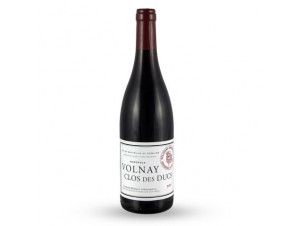












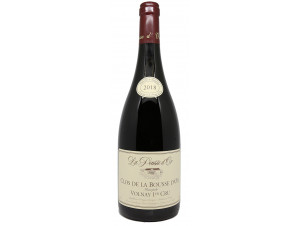


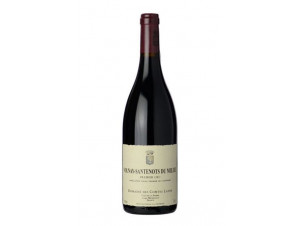
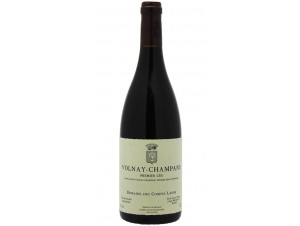

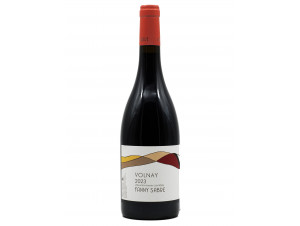

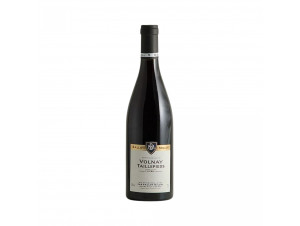









 TWIL - Achat de Vin
TWIL - Achat de Vin


